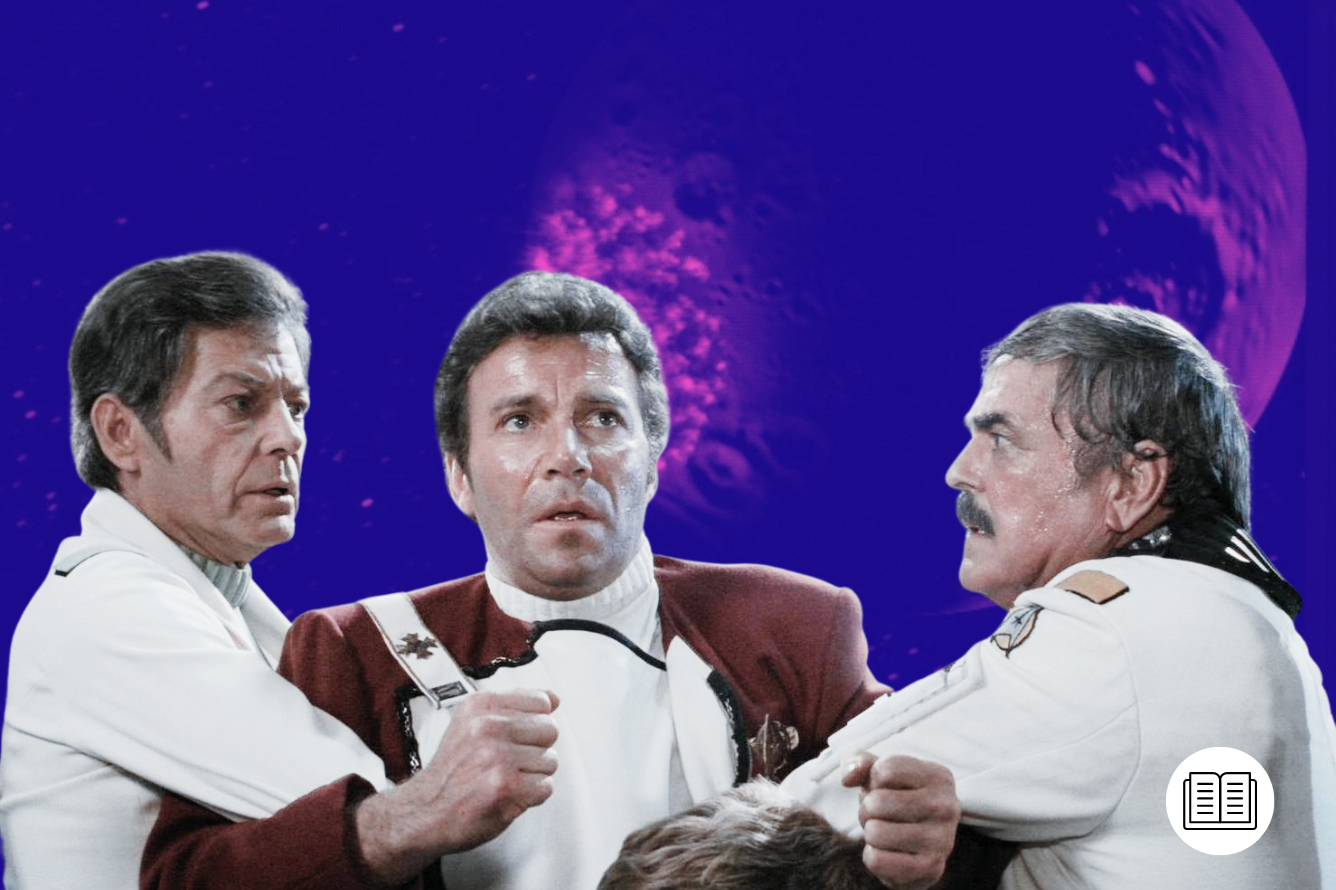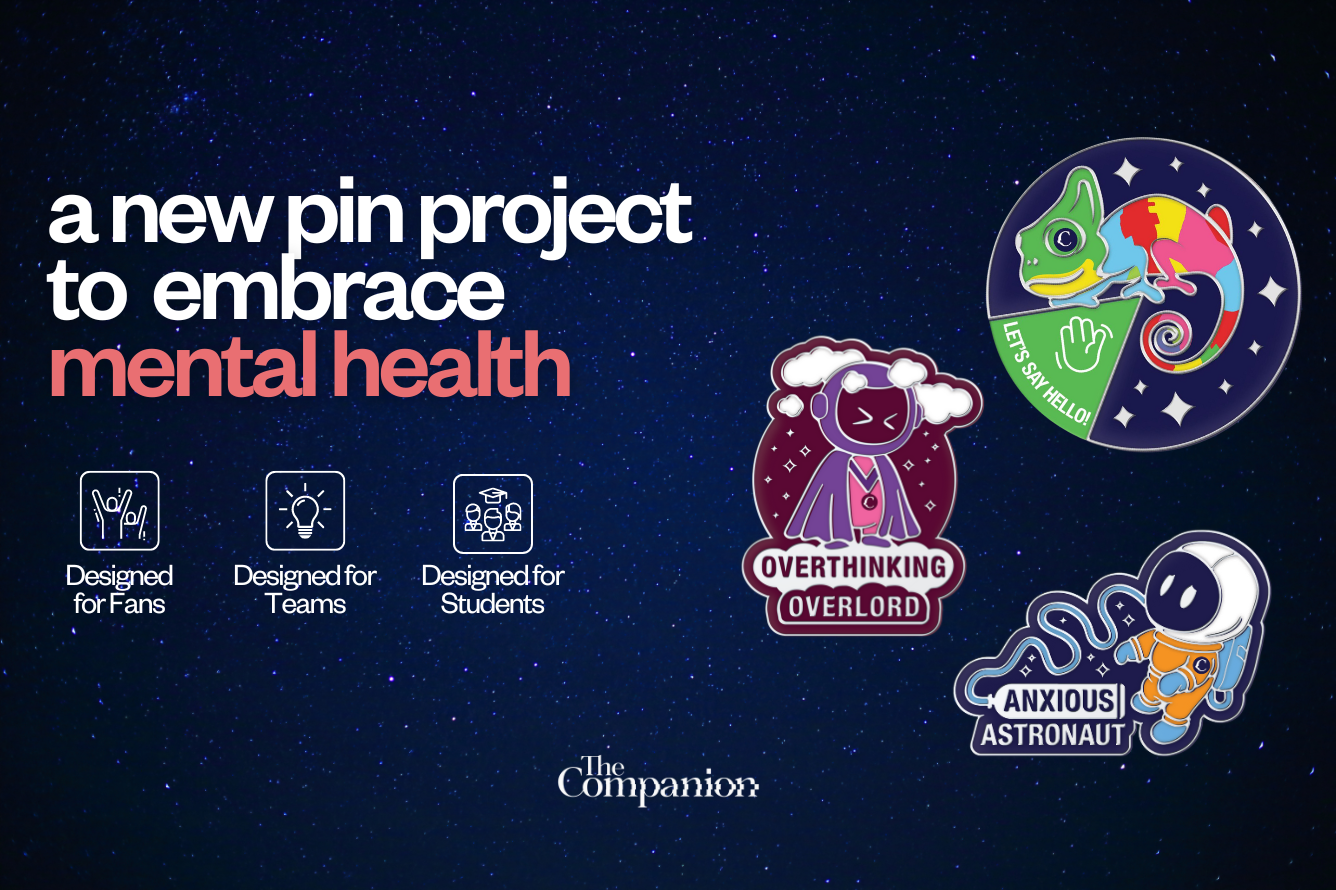While recent re-evaluations of Star Trek: The Motion Picture have praised its slower pace and the opulent way it portrays space exploration, there’s no doubt its original release disappointed both fans and the suits at Paramount. A lack of camaraderie and humor from The Original Series turned off the former. At the same time, the studio execs bristled at its mediocre performance at the box office, at least in comparison to blockbuster peers such as Close Encounters of the Third Kind (1977). The financial complaint was unfair: The Motion Picture made decent money, but something had to change if the series was to continue.
In the history of movie sequels, there cn be few jumps in tone, scope, and theme as significant as the one between Star Trek: The Motion Picture and its follow-up, The Wrath of Khan (1982). Against creator Gene Roddenberry’s preference, gone was the exploratory vocation of Starfleet, replaced with a militaristic organization busy policing the cosmos. There are tropes such as space battles waged between powerful spaceships and all their associations: explosions, desperate maneuvers, and theatrical exclamations of ‘FIRE!’. The shift worked, appealing to audiences and setting the mood for future Star Trek movies.

Even Roddenberry himself appeared at peace, despite his reduction to an executive consultant role. “My Star Trek is in the past, and I feel terribly good about that,” he wrote in a letter to his friend Rupert Evans from the book Star Trek Creator (1994). “[...] Putting it there has also lifted a heavy weight from my shoulders.” On the surface, it seemed that Gene Roddenberry had moved on, and Star Trek had moved into an era of exciting blockbuster action.
Middle-Aged Angst in The Wrath of Khan
Yet underpinning all of Wrath of Khan’s phaser fire, interpersonal drama, and unwanted blasts from the past is a constant theme of age, specifically middle age, experience, and how we deal with these concepts, despite what Dr. McCoy (DeForest Kelly) states early on in the film. “This is not about age – and you know it,” says the good doctor as he and Kirk ‘celebrate’ the latter’s birthday. “It’s about you flying a goddamn computer console when you wanna be out there hopping galaxies.” For once, I can’t help but disagree with Bones – it is about age and the common work dilemma of moving farther away from the role you love as you get older. Except this isn’t a staff writer moving through editorial and publishing roles, creating less and less copy as they rise; this is a starship captain, an explorer of the unknown, relegated to spending his time watching others depart Earth to do just that. This is emphasized in the film’s first scene when a lachrymose Kirk judges the trainee crew of Enterprise during a test exercise.

Kirk is finally getting old. According to Wrath of Khan’s script, the hero of Starfleet is on the cusp of his 50s. Seeing the young crew, most of them at least half his age inevitably evokes memories of his youth. Bones, almost mockingly, gives him a pair of antique reading glasses as a birthday present. Kirk is unimpressed, and the first ten minutes is a study of a man going nowhere, both physically and metaphorically. However, it isn’t long before Kirk gets a chance to recapture his youth and the person he has to thank for that is none other than Khan Noonian Singh (Ricardo Montalban).

One of the major criticisms of Star Trek: The Motion Picture was its lack of a villain. With this common disapproval in mind, Wrath of Khan’s new producer, Harve Bennett, scoured the original TV series for a suitable antagonist. When he showed the episode ‘Space Seed’ (S1, Ep22) to a previously-disinterested Nicholas Meyer, something suddenly clicked for the fledgling director. “Bennett then showed me ‘Space Seed’, the television episode that introduced the supervillain Khan,” wrote Meyer in his memoir on directing Star Trek movies, The View from the Bridge (2010). “And I did respond to that. Ricardo Montalban was a great actor and, like most great actors, was wasted in roles beneath his talents. So when Bennett suggested using Khan as a character in the new film, I began to become interested.”
Khan and Kirk in Contrast
Khan’s story is rooted in age: born in the 20th century, the augmented tyrant’s self-imposed exile following the Eugenics Wars on Earth left him and 84 of his followers wandering frozen in space. Like Kirk, Khan yearns for an earlier time: “On Earth, 200 years ago… I was a prince, with power over millions,” he reminisces shortly before commencing his plan of revenge on Kirk.
Therein lies the connection between Khan and Kirk: both are bitter over their current situation and the one person – Kirk – that’s forced them both there.

Where the characters diverge is how they approach the bitterness often incumbent on age. Kirk, invigorated by a new mission in charge of Enterprise, meets old flame Carol Marcus (Bibi Besch) and their now-adult son, David (Merritt Butrick), forcing him to re-evaluate his life on a more personal level. Conversely, Khan, consumed by anger and rage, wants nothing but revenge, despite how hollow and pointless that would inevitably be. In another twin facet, both men have advisors wisely counseling them on what to do next.
But whereas Kirk constantly heeds Spock's (Leonard Nimoy) advice both direct (“Of course, the ship is yours.”) and subtle (“His pattern indicates two-dimensional thinking.”), Khan notably ignores the guidance of his aide, Joachim (Judson Scott). “We’re all with you sir, but consider this,” pleads Joachim shortly after the capture of USS Reliant. “We are free. We have a ship and the means to go where we will. You have proved your superior intellect and defeated the plans of Admiral Kirk. You do not need to defeat him again.”

Arrogant and fanatical, Khan ignores this sensible advice, and like Spock, Joachim is fated to perish in the Wrath of Khan, crushed underneath the debris of the stricken Reliant. But, unlike the Vulcan, his demise is meaningless, save for helping to incite Khan’s Moby Dick-esque last-gasp stab at destroying Kirk.
Watching The Wrath of Khan as it enters its 40s, bringing the movie itself into middle age, is a unique experience. Message, Spock? Well, there are many. But the singular conclusion I draw is that age brings experience, but this is often cursed with bitterness. For those that listen to the former but ignore the latter, there will be joy, recaptured youth, and triumph. “You okay, Jim? How do you feel?” asks Dr. McCoy in the film’s closing scene. “Young,” replies an emotional Kirk. “I feel young.”
It’s a fitting final line of dialogue for a movie that, beneath its flashy visual effects of hectic space combat, portrays an element of humanity that, without exception, and even in the futuristic world of Star Trek, affects us all.
This article was first published on October 10th, 2022, on the original Companion website.
The cost of your membership has allowed us to mentor new writers and allowed us to reflect the diversity of voices within fandom. None of this is possible without you. Thank you. 🙂









